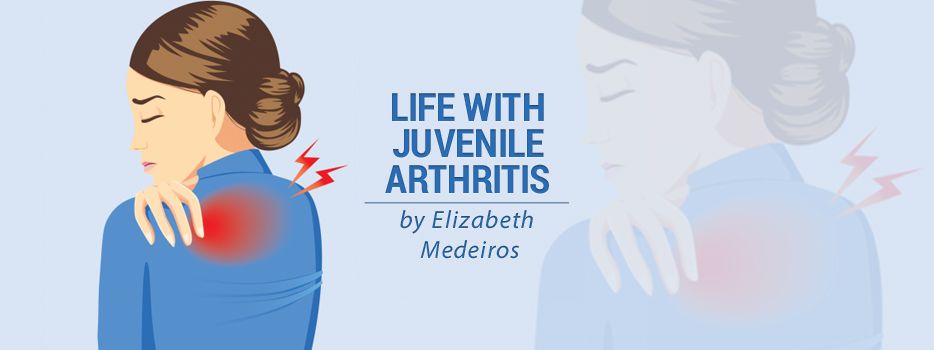With Rare Disease Day on Feb. 28 quickly approaching, I began to reflect on my experience living with juvenile-onset psoriatic arthritis. While I’ve had so many highs and lows dealing with my disease throughout the past year, no experience has been as isolating as seeking my rare diagnosis.
As a toddler, my mum noticed I had a limp, but doctors dismissed her concerns. Juvenile arthritis (JA) wasn’t considered when I was hospitalized for almost a week with severe hip pain at age 8. My JA diagnosis didn’t come until I was 13, and I wasn’t diagnosed with juvenile psoriatic arthritis until the following year.
I am far from being the first or the last person to spend many years seeking an arthritis diagnosis.
Juvenile arthritis and misdiagnoses
I’ve read that approximately 300,000 children in the U.S. live with juvenile arthritis. Out of 74.2 million children in the U.S. under 18, that makes a juvenile arthritis diagnosis rare. But I don’t think it’s that rare to encounter children with juvenile arthritis. Based on my experience and that of many others, it seems like JA is frequently underdiagnosed or misdiagnosed.
A difficult diagnosis
JA can be a challenging disease to diagnose, especially when considering all the different subtypes, and that no single test can confirm it.
Pain in children often can be due to injuries or growing pains, and other issues can be quickly dismissed. (For example, psoriasis may be confused with eczema.) Health professionals and caregivers alike can be slow to investigate a child’s chronic pain for these reasons, which unfortunately can delay children’s diagnoses.
There are many other reasons a child might go undiagnosed. A few of them include:
- A physician who is unfamiliar with JA.
- Being unable to access a pediatric rheumatologist due to shortages.
- A parent or doctor believes the child is exaggerating the extent of their pain.
- Financial barriers prevent a family from affording specialist care.
- The child has a subtype of JA that isn’t as well understood, such as juvenile spondyloarthritis.
Not so rare
As a child, I felt rare; not just in diagnosis, but also because of my diagnosis story. My struggle to get a diagnosis was my inspiration to start a blog and share my story. But as an adult, I don’t feel so alone anymore. I have friends, and I’ve also made friends with adults who are being diagnosed with a variety of invisible illnesses they’ve suffered from since childhood.
When Rare Disease Day comes around, I’ll be sure to spread awareness of JA. But I’ll do so in hopes that one day, it won’t be considered a rare disease, and all the children who are suffering will receive timely diagnoses and treatment. Sure, a world with more kids with JA doesn’t sound great, but improved outcomes and quality of life sounds wonderful.
***
Note: Juvenile Arthritis News is strictly a news and information website about the disease. It does not provide medical advice, diagnosis, or treatment. This content is not intended to be a substitute for professional medical advice, diagnosis, or treatment. Always seek the advice of your physician or other qualified health provider with any questions you may have regarding a medical condition. Never disregard professional medical advice or delay in seeking it because of something you have read on this website. The opinions expressed in this column are not those of Juvenile Arthritis News, or its parent company, BioNews, and are intended to spark discussion about issues pertaining to juvenile arthritis.

